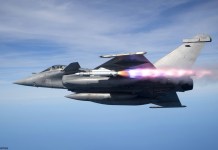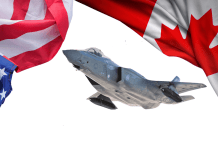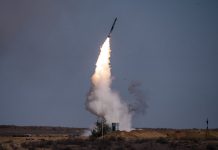China’s primary national objective is to become the number one superpower by dethroning the US. China supports two impoverished states, North Korea and Pakistan, to accomplish this task.
Russia ‘Not In A Position’ To Supply S-400 Systems To India; But This Could Eventually Boost Delhi-Moscow Ties
While North Korea takes care of the US, Pakistan takes care of India. The Chinese leadership is brilliant and will not directly confront India. By occasionally providing ‘crumbs’ to Pakistan, China is achieving its objective of keeping India’s growth under check.
Views Of Indian Military Thinkers
Most Indian military thinkers are obsessed with the possibility of China and Pakistan launching joint full-scale military operations against India at their chosen time. The term ‘Two Front War’ is, perhaps, the most used — rather misused and abused — by military strategists.
Most do not define the ‘Two Fronts,’ assuming the reader already knows it. A look at the world map would indicate that by virtue of our global location, we have a 360-degree threat.
We are surrounded by a peculiar combination of tiny nations with no ‘muscle’ power and failed or nearly failed states in the North, East, and West and have the busiest sea lanes of communication in the South.
Mentioning this fact of strategic importance is essential because our pseudo-military strategists have conditioned the Indian public to look towards the North and West alone.
A peep into history would tell us that we invariably failed to protect national sovereignty whenever invaders came from the South, from our sea borders, be it the British, the Dutch, or the Portuguese. It is being stated so candidly to sensitize ourselves about our vulnerable southern border.
Reverting to the term ‘Two Front’ war essentially implies threats from China and Pakistan simultaneously. One front is always active since we have been in a state of war with Pakistan since the partition days, barring a few periods of ‘uneasy’ calm.
In the post-Galwan fiasco of 2020, even the Chinese front has become active, although not to the same degree as the Indo-Pak border.
Before venturing into the typical military parlance of assessing the strengths and weaknesses of the three nations, a discussion on whether a ‘Two Front’ war scenario is possible or probable is essential.
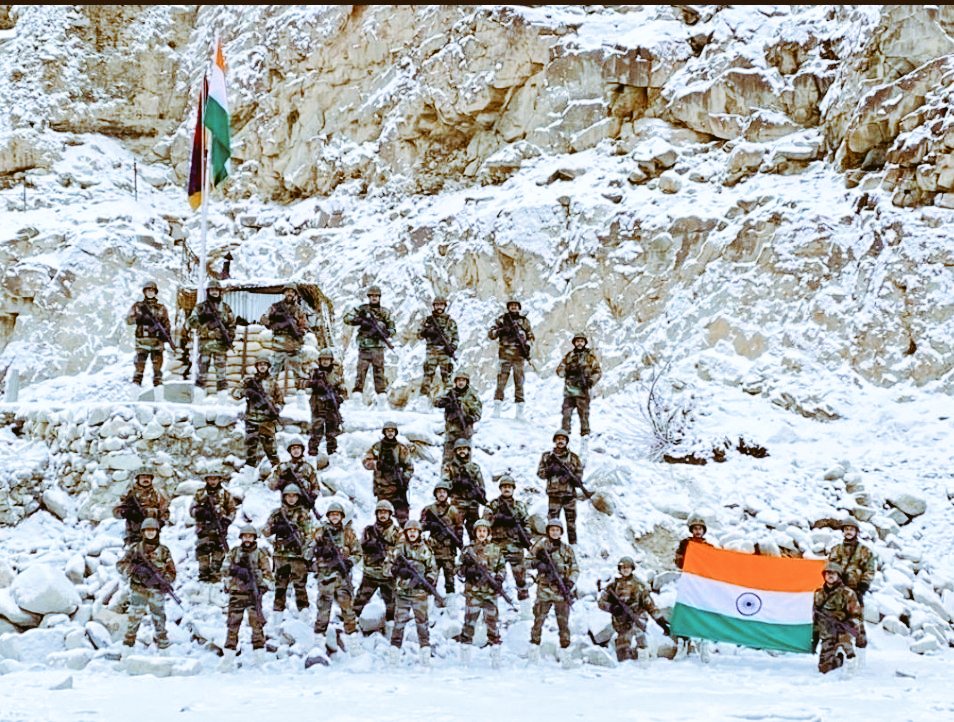
In the case of Pakistan, a high-intensity conflict is possible at any time of the year due to identical weather conditions prevailing in both nations and due to similar terrain.
But in the case of China (regarding the Tibetan Autonomous Region), the weather matrix comes into play more than the military capability. The ‘Russian winter,’ not the ‘Russian army,’ defeated the German Panzers. The rest is history.
The Sino-Indian border (read erstwhile Indo-Tibetan border) in the North experiences some of the most adverse weather. The situation is somewhat better as we travel eastwards to Arunachal Pradesh, but only marginally.
Extreme cold causes severe strain on the man and the machine, further aggravated by some of the most inhospitable and rugged terrains and altitudes of over three kilometers (10,000 feet).
Therefore, campaign season must consider the extraordinary conditions for survival and logistics during peak winter months (October to March). Subsequently, melting snow bring its own problems.
After mentioning the weather, the next important issue is defining the military objectives of our adversaries. In the case of China, it could be termed as the accession of Arunachal Pradesh, and in the case of Pakistan, it is the accession of Jammu & Kashmir.
The next and final issue would be assessing the reasons for the Chinese intervention. Would China intervene to support Pakistan, or would it be to achieve Beijing’s own military objectives?
A study of China’s past would show that it has never intervened in any conflict unless its own interests are directly affected. Would accession of J&K by Pakistan meet any Chinese objective? The answer is a straightforward ‘no.’
China would, therefore, never intervene militarily merely to support Pakistan’s objective of annexing the entire J&K. It sounds elementary. Indeed, it is. But ironically, our military strategists and pseudo-intellectuals fail to digest this elementary fact. What China wanted in the region, it has already annexed.
China occupies 37,185 sq km of the Aksai-Chin region. In addition, Pakistan gave China an area of 5,187 sq km to build the Karakoram highway. Look at the world map carefully. China needs nothing more. Their focus on Arunachal Pradesh is not merely territorial. It is religious as well, due to the Tawang monastery.
It is, therefore, evident that China will not engage with India militarily for the sole reason of aiding Pakistan. China may, instead, will, in the foreseeable future, attempt to annex Arunachal Pradesh when there exists a weak government in India.
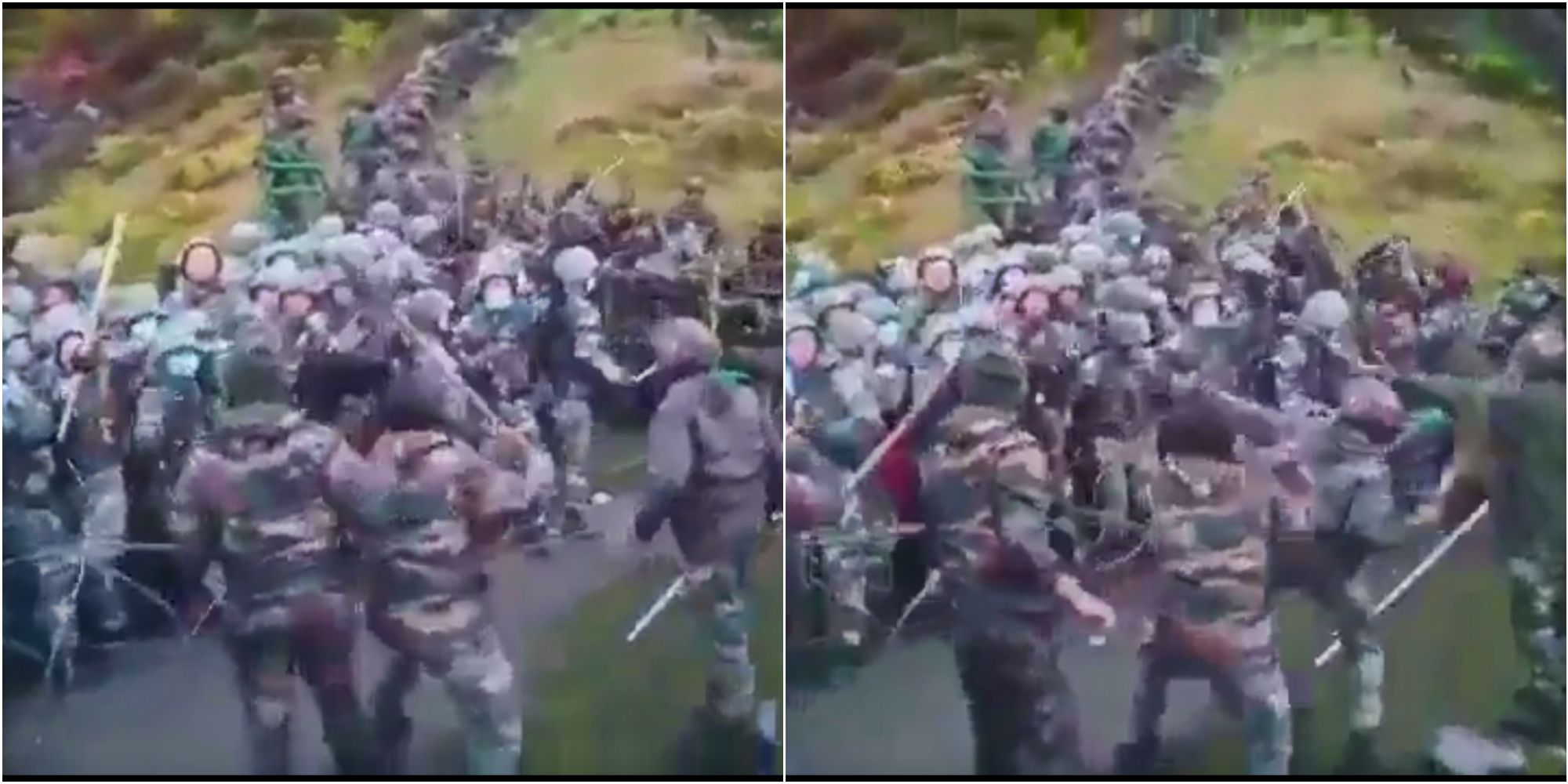
China And Its Capabilities
Digital evaluation of the Chinese military, especially the PLA Air Force, would be essential to arrive at a logical conclusion. During the 1962 war, India’s political masters did not use a fully operational Indian Air Force because they believed China would bomb Kolkata (then Calcutta) with its non-effective air force.
Somehow the fear of the Dragon made us believe the ‘unbelievable’ and even now make us assign unrealistic operational capability to the PLAAF.
The fact is that elements of the Chinese air force based in the Tibet Autonomous Region (TAR) have minimal capacity due to the operating environment. The Chinese air force elements based in mainland China can strike targets deep in India only at their peril.
Regarding the number of aircraft, the Chinese air force is the largest air power in our neighborhood. The PLAAF is the third largest in the world. When we look at PLAAF’s capability in India, we examine PLAAF’s operational capability from a TAR angle.
PLAAF operations from mainland China, though feasible, will be slight effectiveness due to the distances involved.
To evaluate PLAAF’s capability on TAR, an understanding of regional geography and terrain is essential. Of the seven Military Regions (MR) of the Chinese armed forces, only two are opposite India. Lanzhou MR is opposite the Ladakh sector, and Chengdu MR is opposite northeastern India. The MRs are further subdivided into Military Districts (MDs). MDs facing us are:
- Chengdu MR: Two MDs in this region are Yunan (opposite Myanmar) and Xizang (opposite Assam, Sikkim, and Arunachal).
- Lanzhou MR: South Xinjiang MD (opposite Uttar Pradesh, Himachal Pradesh, and Ladakh). East Xinjiang MD faces us, adjoining Ladakh.
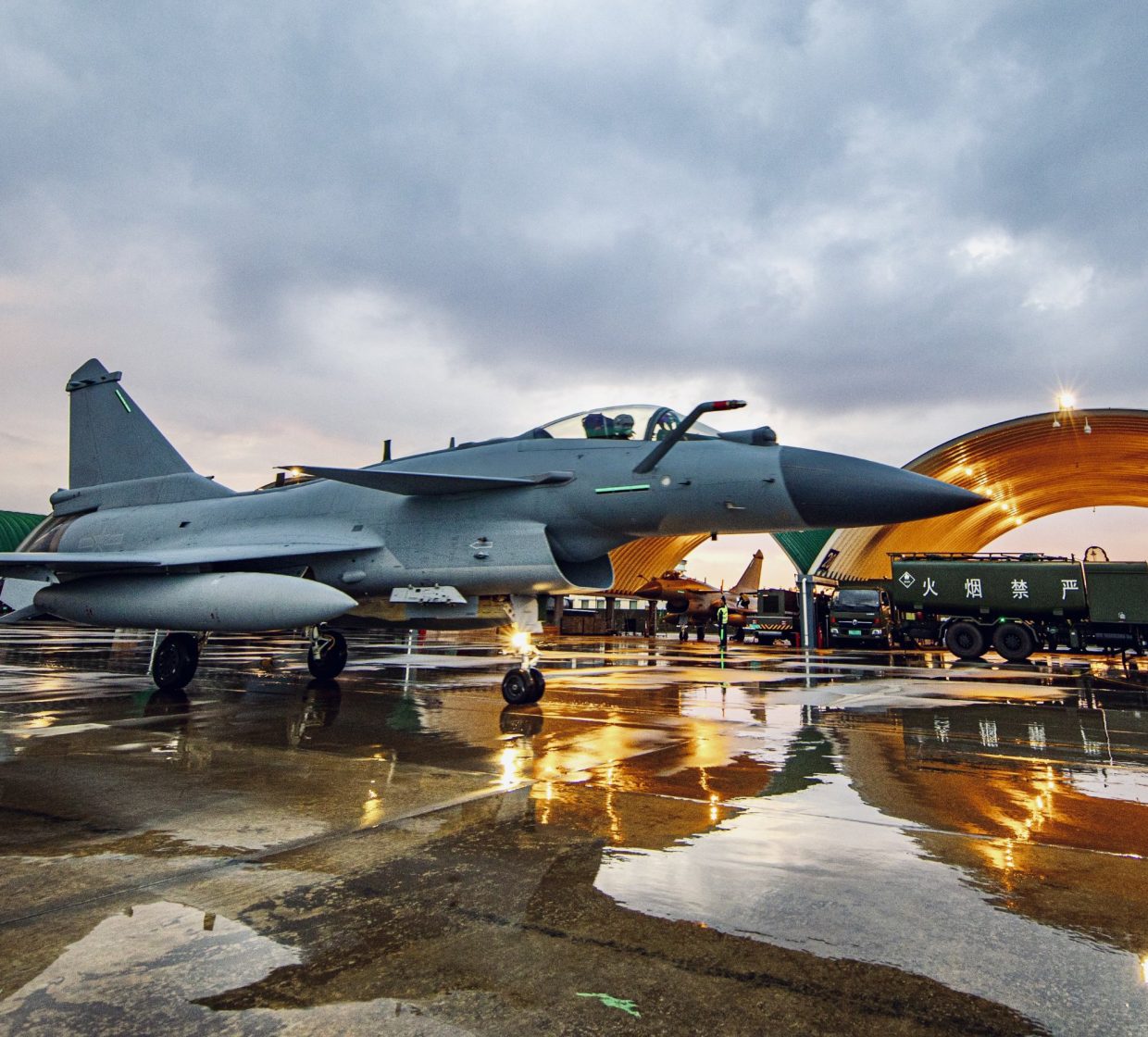
PLAAF Airfields And Their Disadvantages
There are 15 operational bases in these two MRs from where PLAAF can launch air operations. If the airfields located in probable Tactical Battle Areas (TBA) are considered, the number reduces to a mere five. These airfields are:
- Khotan (Lanzhou MR)
- Hoping
- Kongka Dzong (Chengdu MR)
- Donshoon
- Pangta
Except for Khotan, the other four airfields are at an average altitude of around 4,000 meters. Khotan, at 1,400 meters, is nearly at the same elevation as Srinagar. Pilots who have operated from Srinagar would understand the problems better.
Simply stated, altitude affects an airplane and a human being similarly. Both start puffing and panting with an increase in altitude. The load-carrying capacity drops markedly.
Due to high true air speed at an altitude corresponding to the same indicated airspeed, landing, and take-off runs are excessively long. The remaining ten airfields in the region are Kashgar, Kunming, Paoshan, Jekundo, Chengdu, Petun, Mangshi, Nagchuka I, Nagchuka II, and Kantse.
PLAAF continues to depend upon obsolete and obsolescent airplanes, such as Q-5, IL-28, J-8, and Tu-16. The modern fleet comprises a mix of Su-27 and Su-30 and indigenous J-20s and JF-17s. Even these will reach the TBA with minimal load due to the distances involved.
Q-5, IL-28, and J-8 are ineffective regarding action and load-carrying capacity radii. Tu-16 can be used with a sufficient load, but its employment in hilly terrain is highly doubtful.
Despite vintage radars being operated, the radar cover is satisfactory at a medium and high level. However, the low-level cover is virtually non-existent or ineffective due to terrain and fewer radars. Most of the airfields have dedicated radar located at the base. First-generation air defense weapons are the only protection available. Deployment of low-level Surface-to-Air Missiles is limited.
Airlift Capability Of Chinese Aircraft
The airlift capability of PLAAF is extremely limited due to the exponential reduction in carrying capacity at high altitudes. For instance, an IL-76 of the IAF can carry 40 tons from Chandigarh to Leh. But on the return trip Leh-Chandigarh, it will barely carry half the load or even lesser.
Likewise, heliborne capability reduces exponentially. Using helicopters for large-scale troop and equipment transfer within TAR is nearly impossible, even as a concept. For instance, a Mi-17, which can lift around 2,000 kg at sea level, will carry a mere 100 kilograms at PLAAF airfields.
The capability to airdrop a fully equipped battalion-size force is simply unachievable. It is another matter that the Indian Army continues to discuss the heliborne assault in the Tibetan plateau at an altitude of nearly 10,000 feet. Note that each helicopter might carry no more than two fully equipped soldiers at that altitude.
Force multipliers, such as mid-air refuellers and airborne warning and control systems, if used by PLAAF, will enhance their capability by a few notches but remain well below the force levels required to cause substantive attrition.
Weather As A Barrier
For six (usually eight) months in a year (July to March), operations will be severely affected due to extremely low temperatures, icy and intense surface winds, and extensive ice accumulation over the runway. Few airfields, particularly in Chengdu MR, are affected by extensive fog. Sustained day-and-night operations are virtually impossible.
PLAAF Capability on TAR at a Glance:
- The only effective strike elements are Su-27, Su-30, J-20, and JF-17. Even these machines will operate with severe load penalties.
- Airfield infrastructure cannot support large-scale and sustained operations.
- Extremely limited night operations are possible.
- Tactical Battle Areas can be approached from fewer directions due to terrain.
- The nearest Indian airfields, namely Bareilly, Gorakhpur, Bagdogra, Hashimara, Jorhat, Gauhati, Tezpur, Chabua, Mohanbari, and nearly a dozen Advanced Landing Grounds will be around 400 km to 500 km in most cases.
- Air Defense infrastructure is extremely limited and is in pockets. The chances of successful interception of the IAF strike element in TBA is virtually NIL. However, strike elements targeting PLAAF airfields will or may face air defense aircraft.
- The airlift capability of the PLAAF is grossly inadequate for any large-scale transfer of troops and equipment.
PLAAF’s capability on TAR is severely limited and would remain so, irrespective of acquiring and employing more modern aircraft, which might be in their inventory by 2030.
PLAAF elements based in mainland China will have no substantive effect on overall PLAAF performance from TAR. Indeed, if our diplomacy fails and PLAAF operates out of bases in Myanmar and Bangladesh, our problems will increase exponentially.
PLAAF operating out of TAR poses no worthwhile threat to India’s land forces, provided the IAF is free to operate. Chinese land forces can and will be decimated in the TBA.
Pakistan Troubles With Air Fleet
Over the past 30 years, Pakistan Air Force (PAF) has gradually reduced its strength and firepower. Although new F-16s from the US and JF-17s from China have bolstered the strike capability marginally, serviceability and operational utilization of JF-17s are a cause for concern to China and Pakistan.
Mirage variants and F-7P (MiG-21’s Chinese variant) are in poor maintenance due to an acute shortage of spares. Pakistan does not have enough throw weight to simultaneously keep more than a dozen IAF bases inoperative.
PAF’s capability to support and augment ground forces is severely limited due to insufficient numbers in its inventory. In the prevailing geo-strategic scenario, PAF is unlikely to acquire any modern 4th or 5th-generation fighters from Western countries. Chinese JF-17s are the only latest acquisition but are supposed to have serious operational problems because of aero engines.
India’s Air Force Is Better Than PAF
Overall, Indian Air Force (IAF) squadrons continue to deplete as the years go by due to flawed acquisition policies. Even if the induction process were to commence in real earnest with effect from April 1, 2023, the earliest date of arrival of airplanes from a foreign vendor would be December 31, 2028. That is over five years gestation period.
IAF would be a 27-squadron air force by then. However, due to the large-scale induction of Su-30 MKI, the Indian variant of the Russian Su-30, the throw weight capability has been enhanced by nearly 400% compared to the throw weight capability in 1971, the last high-intensity conflict.
The addition of force multipliers has also added more muscle and operational flexibility. But current levels of 30 squadron worth of fighters will be stretched to the limits in case the ‘two-front’ war lasts 30 days.
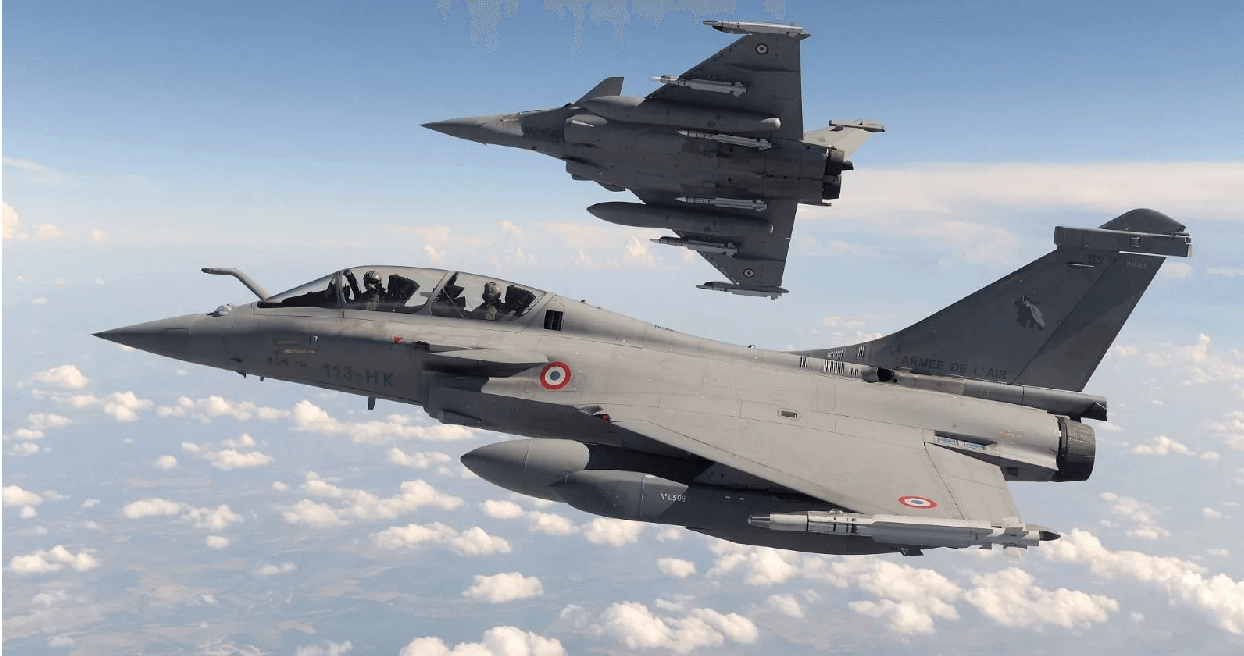
The concern of the IAF, however, is not the shortage of the platforms; the problem is critical shortages of weapons. Our Precision Guided Munition (PGM) inventory is woefully small and is unlikely to grow in the foreseeable future. The primary reason is the prohibitive cost factor since we do not produce a single PGM domestically. Every weapon is imported.
IAF needs to shed the mystical 45-fighter squadron mindset. Sooner, the better. We peaked at 39.5 squadrons and are now placed at 30 squadrons. IAF also needs to look at acquiring medium lift capability in large numbers.
IAF’s five operational commands must have at least two squadrons worth 24 medium-lift wide-bodied transport aircraft in the 20-ton category.
Pakistan’s leadership has assimilated the consequences of full-scale military operations against India and is unlikely to fight a full-scale war. But should it decide to engage with India in a high-intensity conflict, the air war will be fought on the ground.
Sleeper cells supporting Pakistan will target our military installations, particularly air bases. Military installation security, or the lack of it, might just become the nemesis we fear most.
Two-Front War: A Myth
A deep scar has been left on the Indian psyche due to the embarrassing defeat in 1962 and sustained false propaganda by intellectually bankrupt military strategists over the years by assigning fictional capability to the conventional Chinese military, particularly PLAAF. We keep scaring ourselves by imagining a simultaneous two-front war scenario.
Two-front war scenario involving China and Pakistan is an unlikely scenario due to the following reasons:
- Pakistan does not have the muscle or firepower to last 30 to 40 days of the war. In any case, current instability along the Line of Control (LoC) is as good as perpetual low-intensity war, which has tied down nearly 250,000 soldiers of the Indian Army along the LoC.
- China is militarily incapable of neutralizing Indian armed forces, mainly while occupying more territory and holding on to it.
Last but not least, a disclaimer. The conclusions are based on a realistic digital appreciation against an inaccurate process of analogous appreciation leading to incorrect findings.
- Gp Cpt TP Srivastava (Retd) is an ex-NDA who flew MiG-21 and 29. He is a qualified flying instructor. He commanded the MiG-21 squadron. He is a directing staff at DSSC Wellington and chief instructor at the College of Air Warfare. VIEWS PERSONAL
- Follow EurAsian Times on Google News

